Lucrative roles are already posted on job sites.
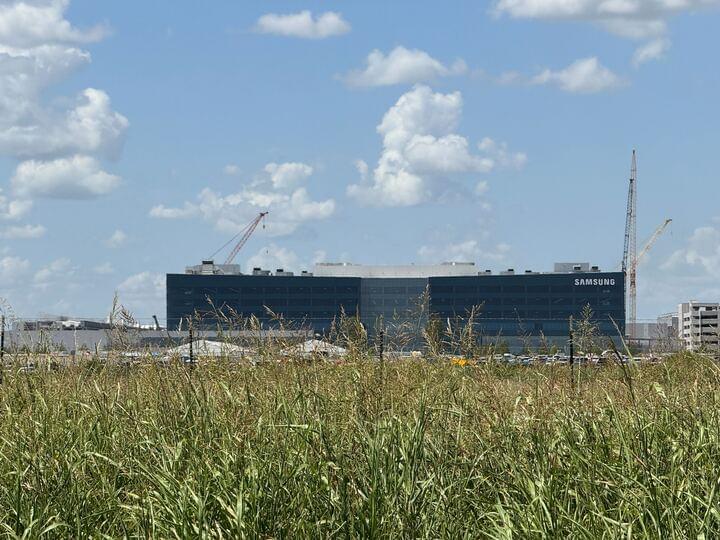


Every breath we take in contains 21% oxygen, the gas that makes life on Earth possible. Oxygen, in its combined oxide state, has always been abundant in Earth’s crust, but elemental diatomic oxygen became part of our atmosphere around 2.4 to 2.5 billion years ago as a gift from cyanobacteria, which triggered the Great Oxidation Event and breathed life into Earth.
A joint venture between NASA Goddard Space Flight Center and the University of Leeds discovered that the Earth’s magnetic field strength and atmospheric oxygen levels over the past 540 years have seemed to spike and dip at the same time, showing a strong, statistically significant correlation between the two.
This correlation could arise from unexpected connections between geophysical processes in Earth’s deep interior, redox reactions on Earth’s surface, and biogeochemical cycling.
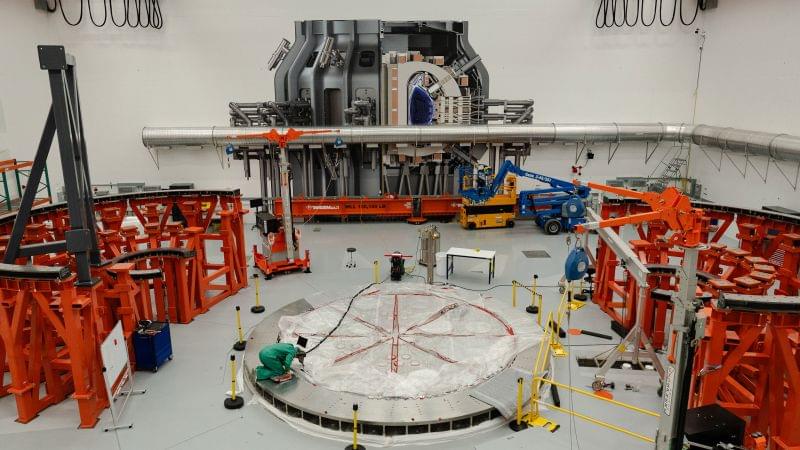
Tech giant Google is investing money into a futuristic nuclear fusion plant that hasn’t been built yet but someday will replicate the energy of the stars. It’s a sign of how hungry big tech companies are for a virtually unlimited source of clean power that is still years away.
Google and Massachusetts-based Commonwealth Fusion Systems announced a deal Monday in which the tech company bought 200 megawatts of power from Commonwealth’s first commercial fusion plant, the same amount of energy that could power roughly 200,000 average American homes.
Commonwealth aims to build the plant in Virginia by the early 2030s. When it starts generating usable fusion energy is still TBD, though the company believes they can do it in the same timeframe.
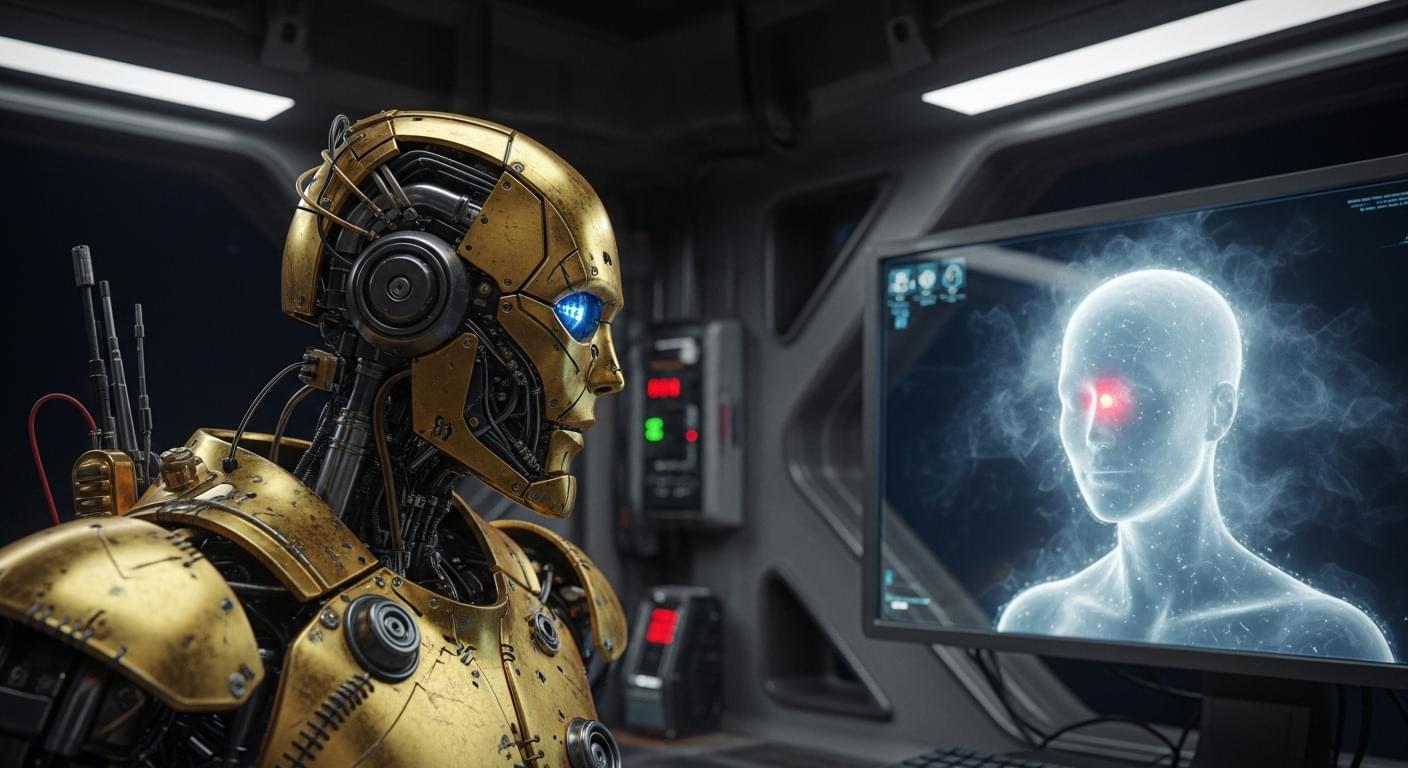
The first robot I remember is Rosie from The Jetsons, soon followed by the urbane C-3PO and his faithful sidekick R2-D2 in The Empire Strikes Back. But my first disembodied AI was Joshua, the computer in WarGames who tried to start a nuclear war – until it learned about mutually assured destruction and chose to play chess instead.
At age seven, this changed me. Could a machine understand ethics? Emotion? Humanity? Did artificial intelligence need a body? These fascinations deepened as the complexity of non-human intelligence did with characters like the android Bishop in Aliens, Data in Star Trek: TNG, and more recently with Samantha in Her, or Ava in Ex Machina.
But these aren’t just speculative questions anymore. Roboticists today are wrestling with the question of whether artificial intelligence needs a body? And if so, what kind?
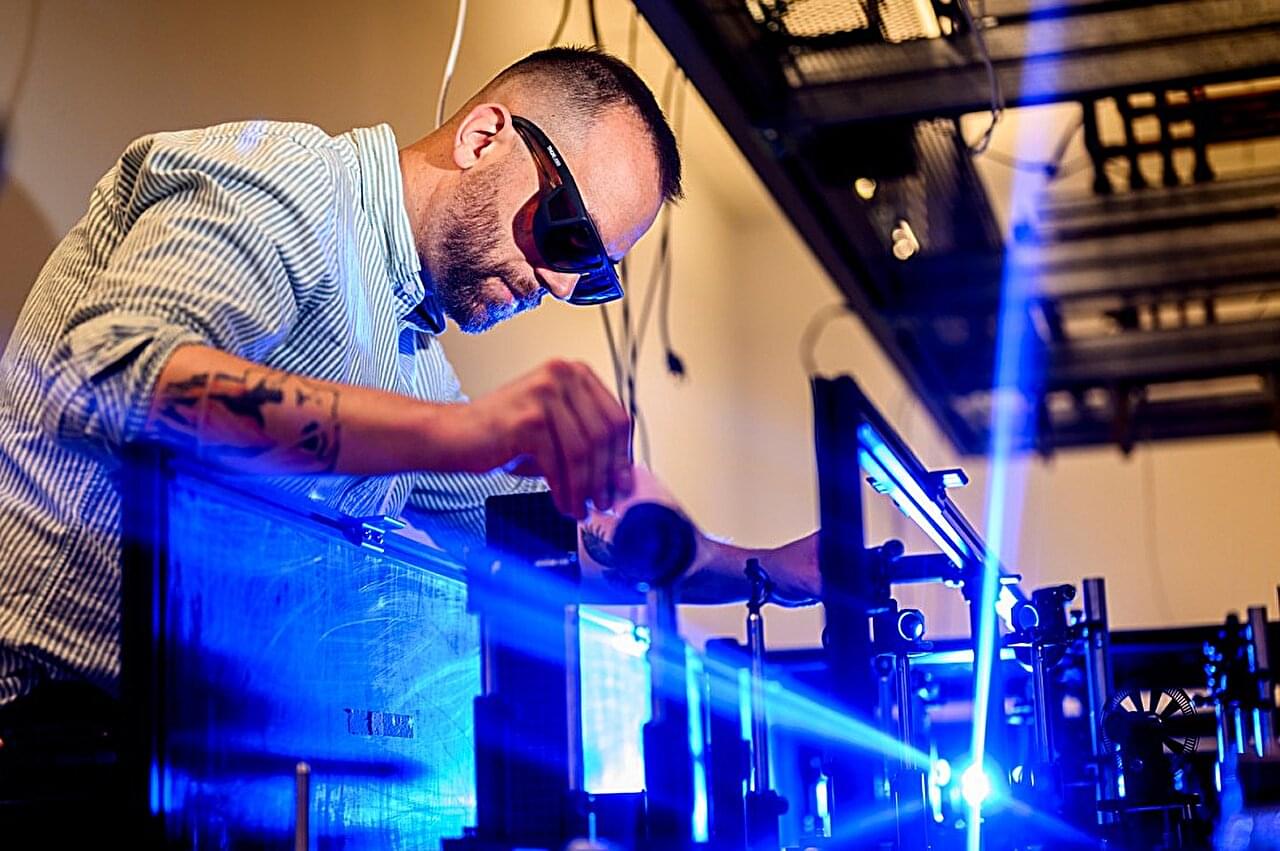
Researchers from Northeastern University in the United States have found a way to speed up electronics by a thousand times by replacement of silicon chips on quantum materials.
It is noted, that the new technology, through controlled heating and cooling, allows the quantum material to switch between the state of a conductor and an insulating material almost instantly. According to the researchers, such materials can replace silicon and lead to the emergence of electronic devices that are much faster and smaller.
«Processors currently operate in gigahertz. The speed of change that this will provide will allow you to move to terahertz», — explains the lead author of the study, professor of physics Alberto de la Torre.
This was made possible by changing the “electronic state of matter on demand” through a technique known as thermal quenching.
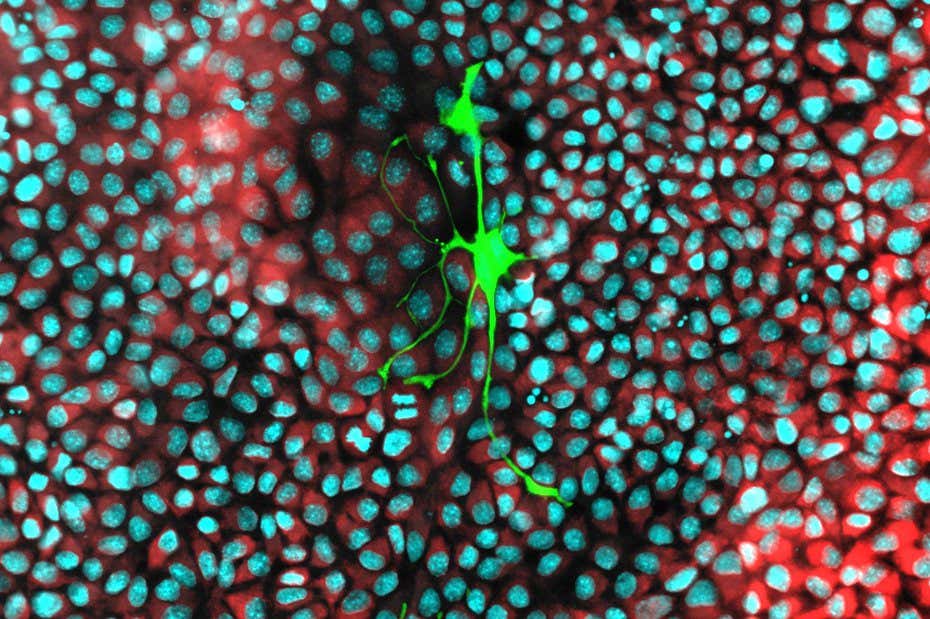


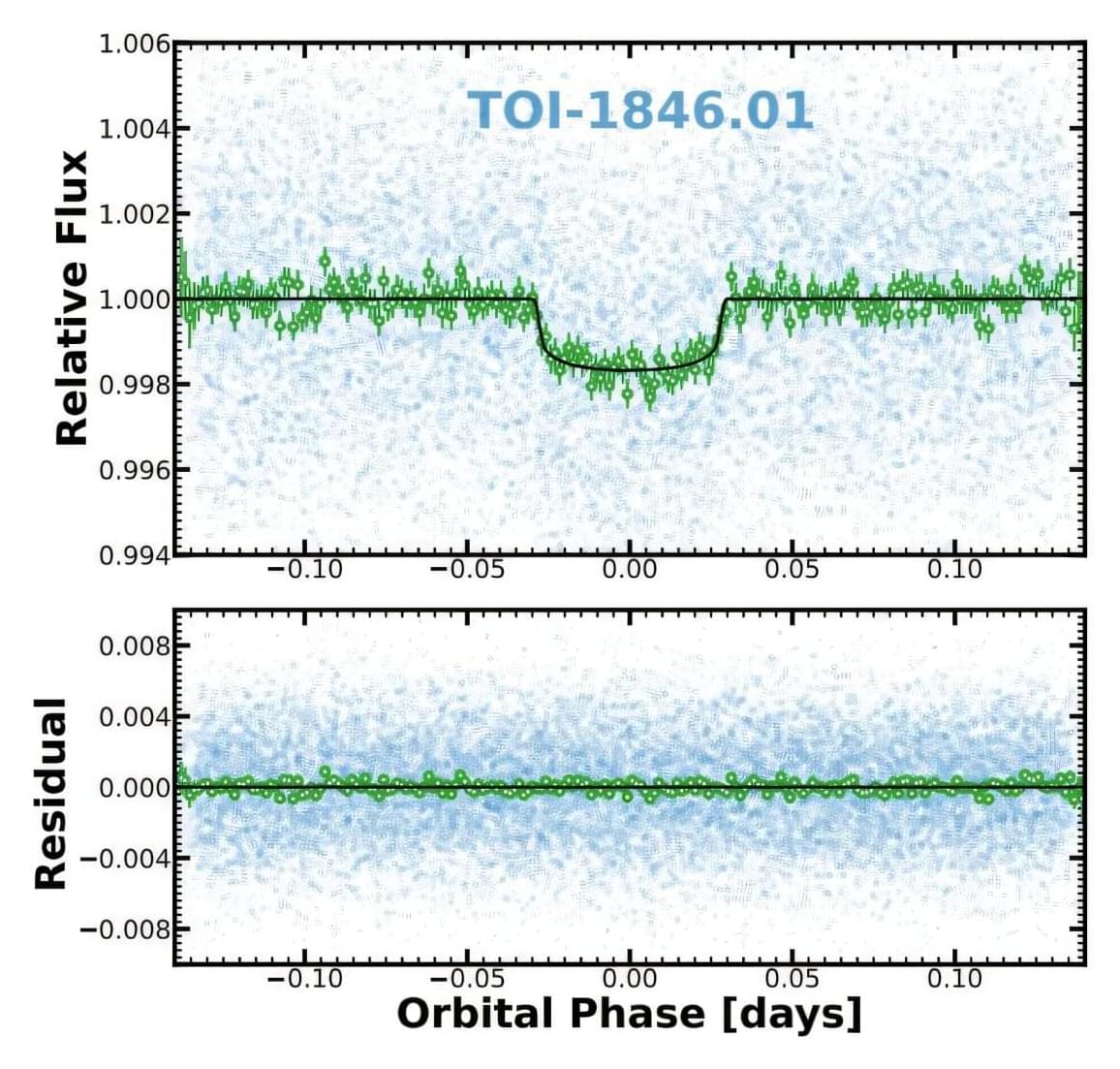
Using NASA’s Transiting Exoplanet Survey Satellite (TESS), an international team of astronomers has discovered a new super-Earth exoplanet that orbits a nearby M dwarf star. The newfound alien world, designated TOI-1846 b, is about two times larger and four times more massive than Earth. The finding was detailed in a paper published June 23 on the arXiv preprint server.